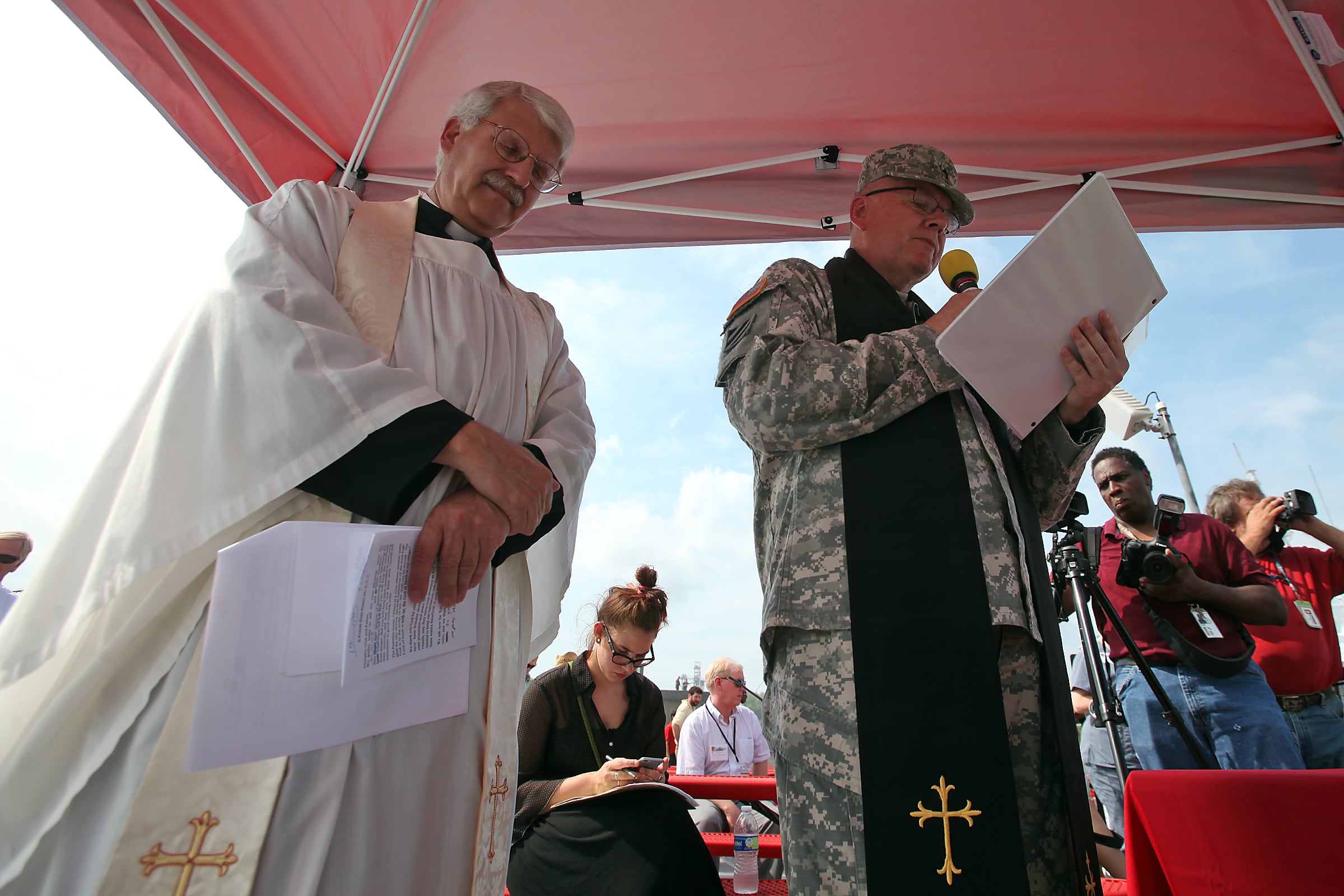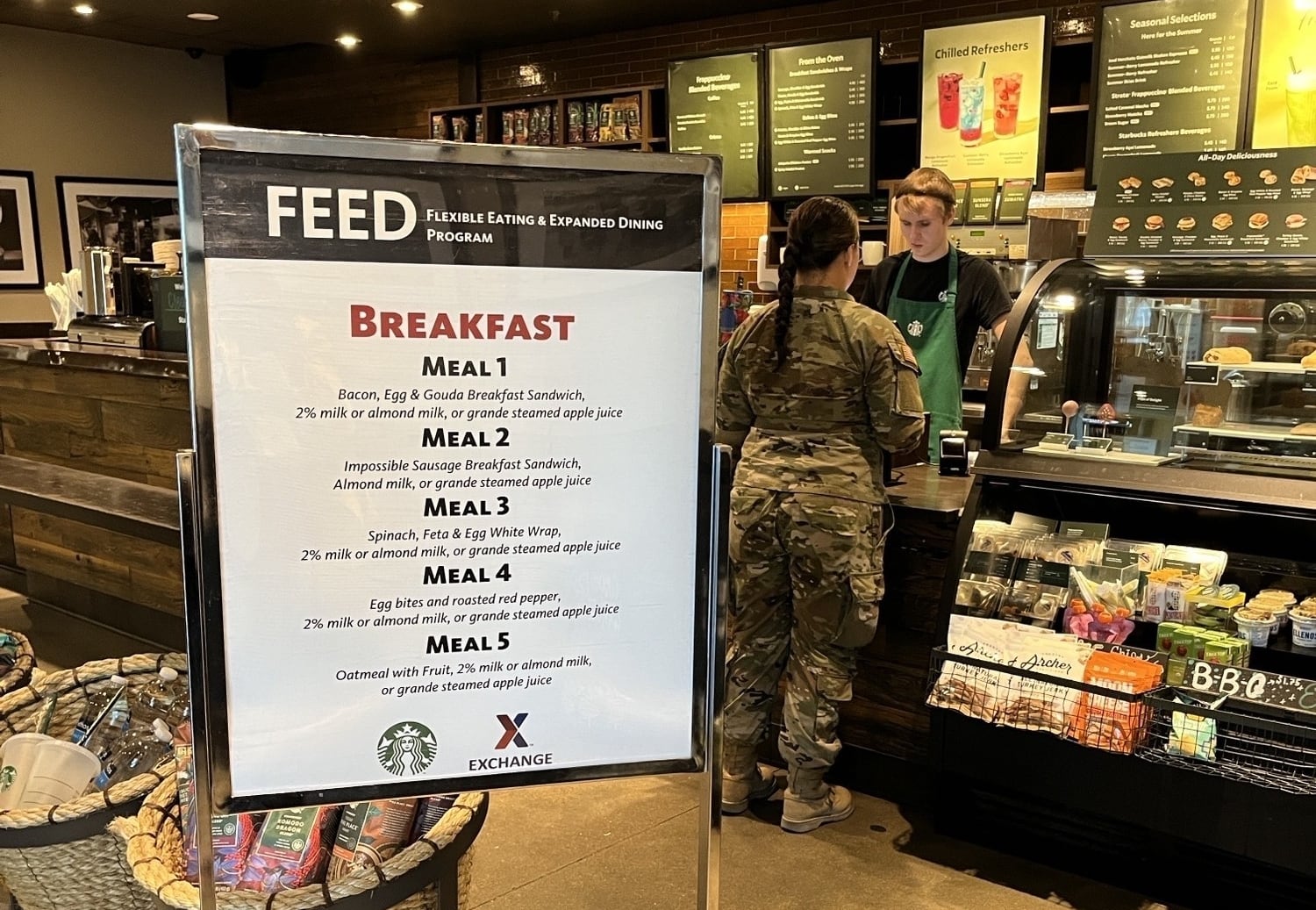Iranian paramilitaries in the Persian Gulf are ratcheting up their confrontations with U.S. warships in international waters, and the U.S. is taking notice.
Iranian Revolutionary Guard Corps Navy boats are known for harassing American warships in the Gulf and especially the Strait of Hormuz. But those confrontations spiked as IRGCN boats drove near U.S. ships in four separate incidents over two days this week, provoking one U.S. ship to fire warning shots. The small vessels typically cross dangerously near the U.S. ship or track it in formations that can resemble a boat swarm attack. The Iranian paramilitaries do not respond to attempts to communicate.
U.S. statistics show the confrontations are on the rise this year, with experts straining to understand why Iran is seeking more run-ins with the U.S. Navy. The region is a launch point for U.S. warstrikes against ISIS in Iraq, most recently by the Eisenhower Carrier Strike Group.
"This is not new behavior, but it is inconsistent with the rule of law and international maritime standards," said one U.S. defense official, who asked for anonymity to discuss the ongoing tensions. "Iranian behavior is unacceptable and it needs to change."
Iran's defense minister said Thursday that his naval forces will warn or confront any foreign ship entering the country's territorial waters, The Associated Press reported
The incidents, however, have all taken place in international waters, according to the 5th Fleet spokesman.
"The U.S. Navy continues to operate in accordance with international law and internationally recognized maritime standards," Cmdr. Bill Urban told Navy Times on Friday. "We operate wherever international law allows."
Rising tensions
International law hasn't stopped Iran from trying to make a statement in provoking U.S. forces, according to Anthony Cordesman, a national security expert at the Center for Strategic and International Studies.
"Why would they make those distinctions?" he told Navy Times in a Friday phone interview. "It’s an interesting argument if you happen to be a lawyer. If you’re dealing with realpolitik, there’s a certain element of, ’who really cares?’ "
There are a handful of reasons that Iran might be poking the bear, he added. It could be a protest of what they see as non-compliance from the U.S. on the nuclear deal. It could be over tensions between Iran and Saudi Arabia, or a reaction to the U.S.'s increased strikes against ISIS in Syria, an Iranian ally.
Or, Cordesman said, it could be one low-level IRGCN commander trying to show off.
"In the past, the Supreme Leader [Ayatollah Ali Khamenei] and certainly the [Iranian Revolutionary Guard Corps] command has rewarded people who were willing to show their capabilities in this way," he said.
Indeed, the IRGCN commandos who arrested 10 U.S. sailors at gunpoint after they strayed into Iranian waters in January were hailed as heroes.
Beyond that international incident, the U.S. and Iran had 250 run-ins between their warships and boats in the first six months of this year, putting 2016 on track to surpass 2015's total of 300, according to 5th Fleet statistics.
Roughly 10 percent of those incidents are considered unsafe and/or unprofessional, Urban said.
"The U.S. Navy continues to remain vigilant and is trained to act in a professional manner," he added. "We expect the same of all nations with professional maritime forces."
But for Iran, the danger of coming within a few hundred yards of an U.S. ship might be worth it.
"How dangerous the interactions are is relative. This type of demonstrative action is something that was fairly common during the Cold War," Cordesman said. "Whenever you want to assert yourself as a power you can do so fairly safely. The worst that happens is a limited combat action or a collision."
The foreign policy implications of those incidents would be huge for the U.S., he added, which is why ships take such care to avoid running into the Iranian boats or having to fire on one, ramping up attempts to communicate with them or scare them off.
"Not every incident escalates, but no incident can be ignored," Cordesman said.
Meghann Myers is the Pentagon bureau chief at Military Times. She covers operations, policy, personnel, leadership and other issues affecting service members.





